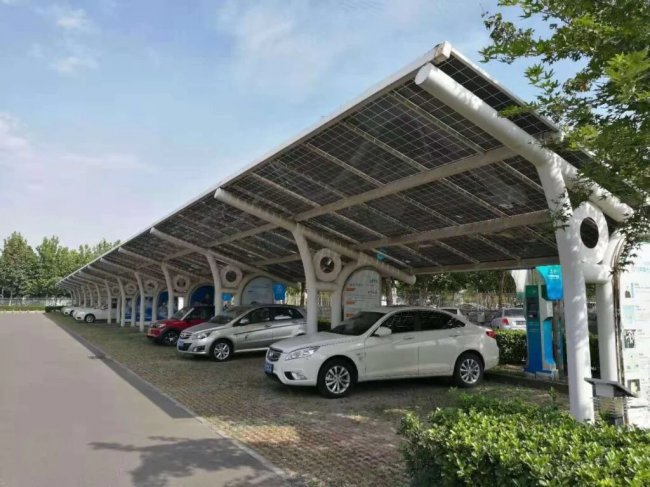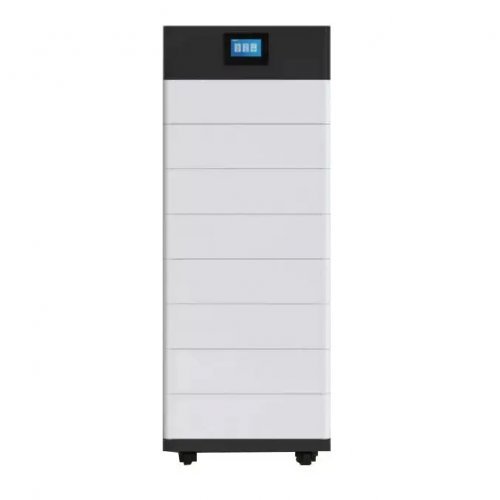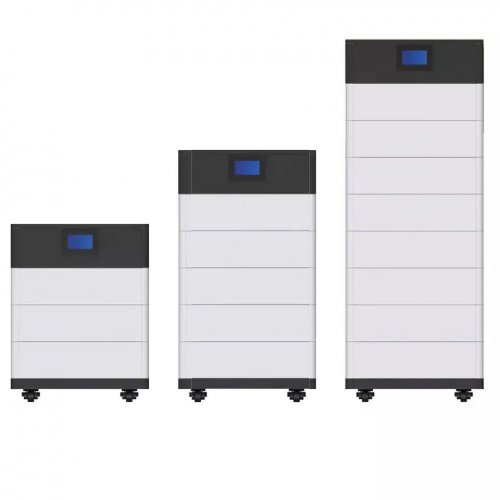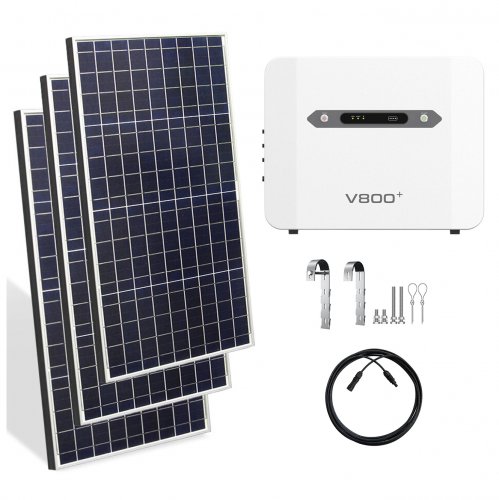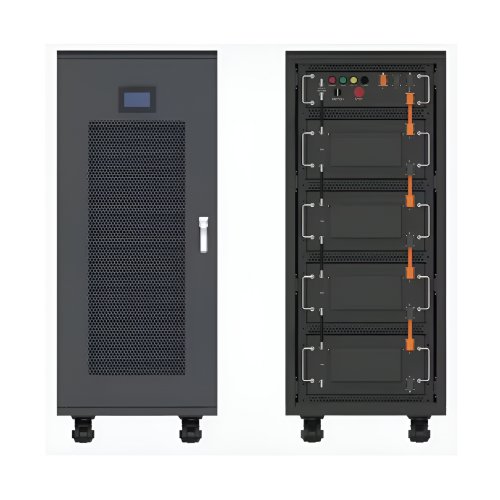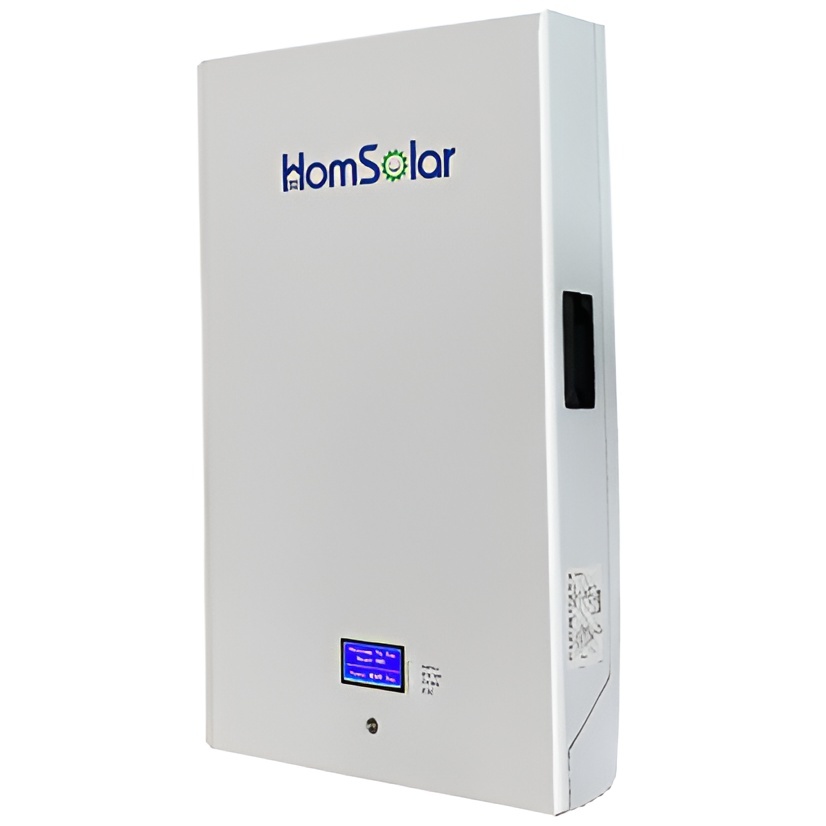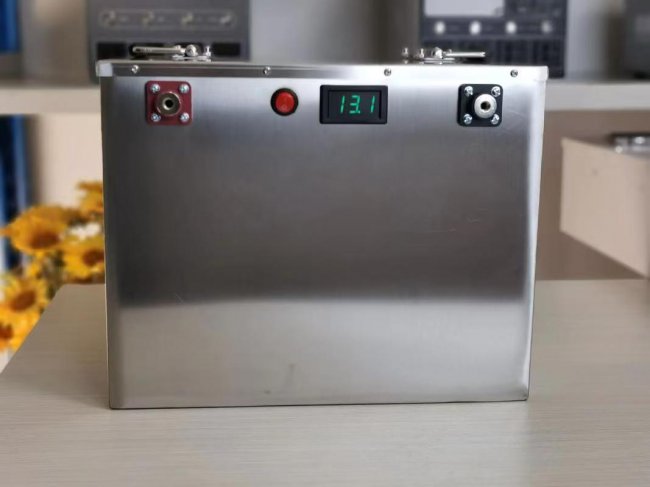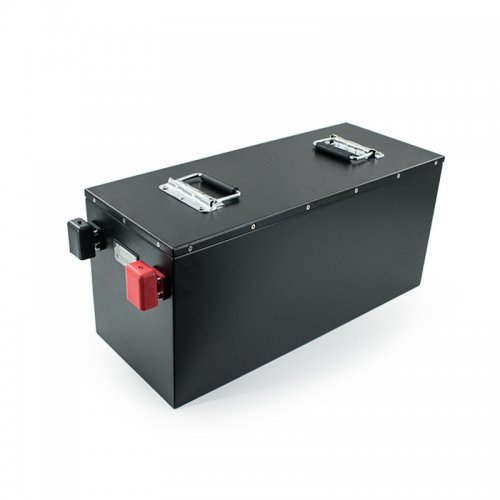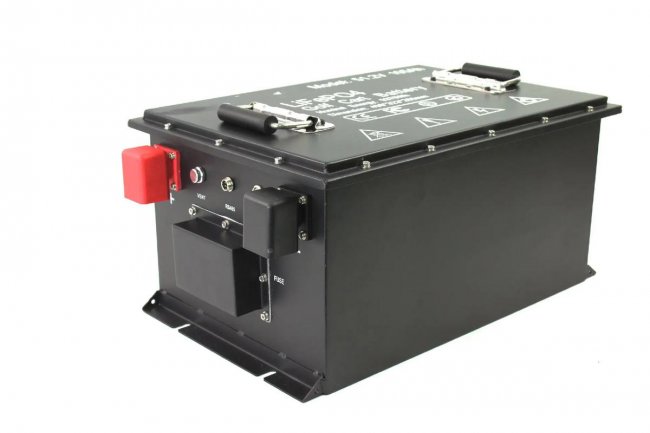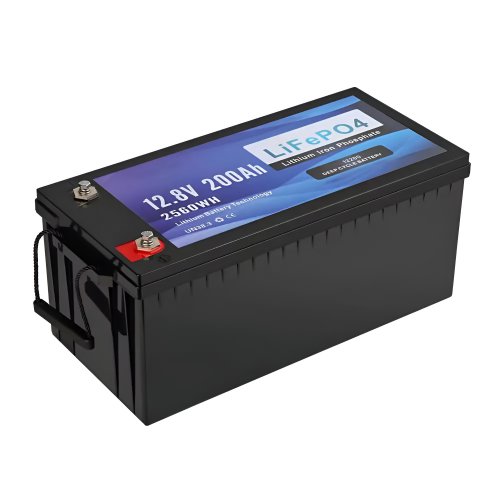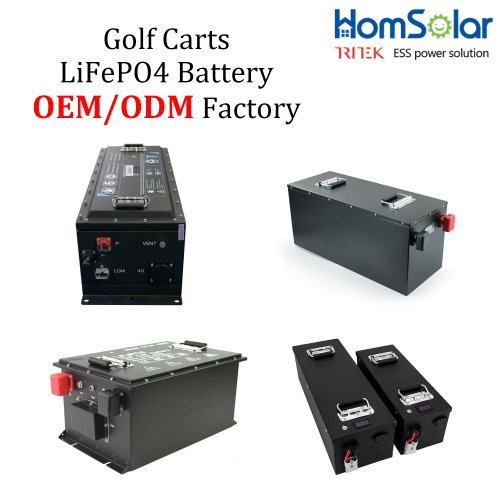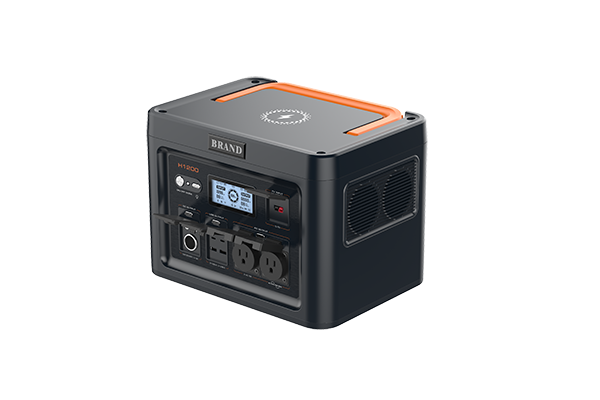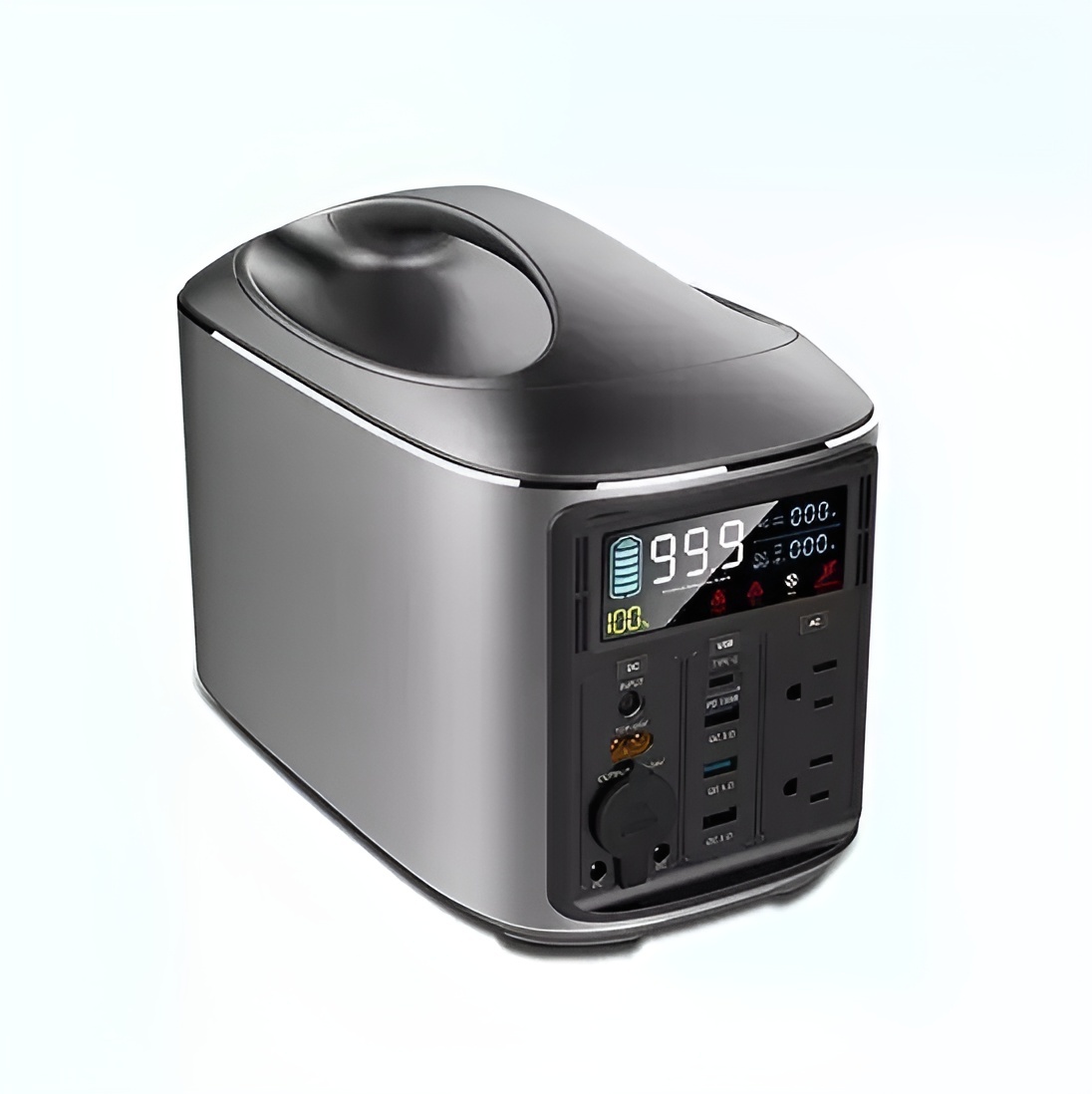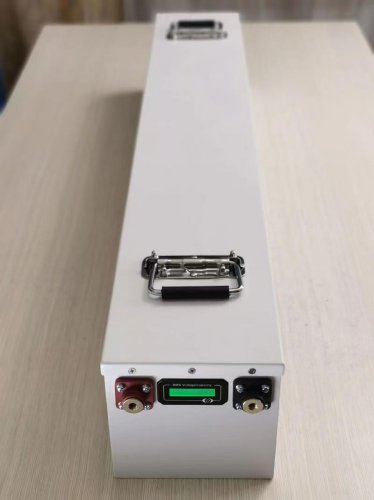Maintenance Requirements Review: Streamlining Asset Care For The Modern Enterprise
In the complex ecosystem of enterprise asset management, the concept of 'maintenance requirements' often represents a significant operational bottleneck. It's a domain traditionally fraught with manual data entry, reactive work orders, and a constant struggle to align maintenance schedules with production demands. We recently had the opportunity to put 'Maintenance Requirements,' a sophisticated SaaS platform dedicated to this very function, through its paces. This review provides a detailed analysis of its features, practical performance, and overall value proposition for businesses aiming to optimize their maintenance operations.
Core Functionality: A Centralized Command Center
At its heart, the Maintenance Requirements platform is designed to be a single source of truth for all asset care activities. Its functionality is built upon several interconnected modules:Asset Registry and Hierarchy: The system allows for the creation of a detailed digital twin of your physical assets. Each piece of equipment can be cataloged with serial numbers, models, and locations, and organized into a logical parent-child hierarchy (e.g., Production Line -> Conveyor System -> Drive Motor). This structure is fundamental for understanding dependency-based maintenance requirements.Preventive Maintenance (PM) Scheduling: This is the platform's core strength. Users can define maintenance tasks and attach them to assets with flexible triggers—based on calendar time (e.g., every 90 days), meter readings (e.g., after 10,000 operating hours), or usage cycles. The system automatically generates work orders, ensuring that maintenance requirements are proactively addressed rather than reactively managed.Work Order Management: From creation to completion, the platform streamlines the entire workflow. Technicians can access task lists, safety procedures, required tools, and parts lists on mobile devices. Supervisors can track progress, assign priorities, and monitor labor hours and parts consumption in real-time.Inventory Integration: A dedicated module links spare parts and materials to specific maintenance tasks. This provides visibility into stock levels, helps prevent stockouts of critical components, and allows for the automatic reservation of parts when a work order is generated.Reporting and Analytics: The platform aggregates all maintenance data to generate insightful reports on Key Performance Indicators (KPIs) such as Overall Equipment Effectiveness (OEE), Mean Time Between Failures (MTBF), and Mean Time To Repair (MTTR). These analytics are crucial for validating and refining maintenance requirements over time.
The User Experience: From Implementation to Daily Use
The initial setup of the Maintenance Requirements platform is a substantial undertaking. It is not a plug-and-play solution. Success hinges on the quality of data imported during the implementation phase. Building a comprehensive asset registry and defining accurate, initial maintenance schedules require significant time and domain expertise. Companies should budget for a dedicated project team and potentially engage the vendor's professional services for a smooth rollout.
Once operational, however, the user experience is largely positive. The web interface is clean and logically organized. The dashboard provides an at-a-glance view of upcoming PMs, overdue work orders, and critical alerts, allowing managers to quickly grasp the health of their operations. For technicians, the mobile app is a game-changer. The ability to receive assignments, update statuses ("In Progress," "On Hold," "Completed"), and log notes directly from the shop floor or field eliminates paper-based delays and improves data accuracy.
In practice, we observed a tangible shift from a reactive to a proactive culture. Equipment that was previously serviced "when we had time" now had firm, system-enforced maintenance requirements. This led to a noticeable reduction in unplanned downtime for several critical assets during our testing period. The historical record of every intervention also proved invaluable for troubleshooting recurring issues and for warranty claims with equipment suppliers.
A Balanced View: Strengths and Shortcomings
No system is perfect, and an objective evaluation of Maintenance Requirements must acknowledge both its advantages and its limitations.
Advantages:Proactive Maintenance Culture: The most significant benefit is the enforced discipline of preventive maintenance, which directly contributes to higher asset reliability and longevity.Comprehensive Data Centralization: Having all maintenance-related information—from procedures to history to inventory—in one platform eliminates silos and improves decision-making.Enhanced Regulatory Compliance: For industries with strict compliance needs, the platform provides an auditable trail of all maintenance activities, proving that requirements were met.Scalability: The cloud-based architecture can comfortably scale from a single facility to a global, multi-site enterprise operation.Powerful Analytics: The reporting tools move maintenance from a cost center to a strategic function by providing data-driven insights for continuous improvement.
Disadvantages:Steep Initial Learning Curve and Setup: The implementation is resource-intensive. Without strong internal champions, the project can stall.Cost: As an enterprise-grade solution, it commands a significant subscription fee. The total cost of ownership must include implementation, training, and potential customization, which may place it out of reach for very small businesses.Potential for Over-Engineering: There is a risk of creating an overly complex web of maintenance requirements for non-critical assets, leading to "maintenance overkill" and unnecessary labor costs. Discipline is required to apply the right level of care.Mobile App Limitations: While functional, the mobile app's features are sometimes a subset of the full web dashboard. Offline functionality, though available, can be limited in certain scenarios.
Conclusion
The Maintenance Requirements platform is a powerful and robust tool that excels at its primary objective: systematizing and automating the management of asset care. It is best suited for medium to large organizations where the cost of unplanned downtime is high, and where the benefits of a data-driven, proactive maintenance strategy can deliver a clear return on investment.
It is not a casual purchase, nor is it a quick fix for a broken maintenance culture. Its success is directly proportional to the effort invested in its setup and the commitment of the organization to adhere to the processes it enforces. For companies ready to make that investment, Maintenance Requirements offers a compelling pathway to reduced operational risk, lower long-term maintenance costs, and significantly improved asset performance. It effectively transforms maintenance from a logistical challenge into a manageable, strategic advantage.
Customized/OEM/ODM Service
HomSolar Supports Lifepo4 battery pack customization/OEM/ODM service, welcome to contact us and tell us your needs.


HomSolar: Your One-stop LiFePO4 Battery Pack & ESS Solution Manufacturer
Our line of LiFePO4 (LFP) batteries offer a solution to demanding applications that require a lighter weight, longer life, and higher capacity battery. Features include advanced battery management systems (BMS), Bluetooth® communication and active intelligent monitoring.

Customised Lithium Iron Phosphate Battery Casing
ABS plastic housing, aluminium housing, stainless steel housing and iron housing are available, and can also be designed and customised according to your needs.

HomSolar Smart BMS
Intelligent Battery Management System for HomSolar Energy Storage System. Bluetooth, temperature sensor, LCD display, CAN interface, UART interface also available.


Terminals & Plugs Can Be Customized
A wide range of terminals and plugs can be customised to suit the application needs of your battery products.

Well-designed Solutions for Energy Storage Systems
We will design the perfect energy storage system solution according to your needs, so that you can easily solve the specific industry applications of battery products.



About Our Battery Cells
Our energy storage system products use brand new grade A LiFePO4 cells with a battery lifespan of more than 4,000 charge/discharge cycles.



Applications in Different Industries
We supply customized & OEM battery pack, assemble cells with wiring, fuse and plastic cover, all the cell wires connected to PCB plug or built BMS.
Applications: E-bike, Electric Scooter, Golf Carts, RV, Electric Wheelchair, Electric Tools, Robot Cleaner, Robot Sweeper, Solar Energy Storage System, Emergency Light, Solar Power Light, Medical Equipment, UPS Backup Power Supply.
We can provide you with customized services. We have the ability to provide a vertical supply chain, from single cells to pack/module and to a complete power solution with BMS, etc.


HomSolar (Shenzhen) Technology Co., Ltd







